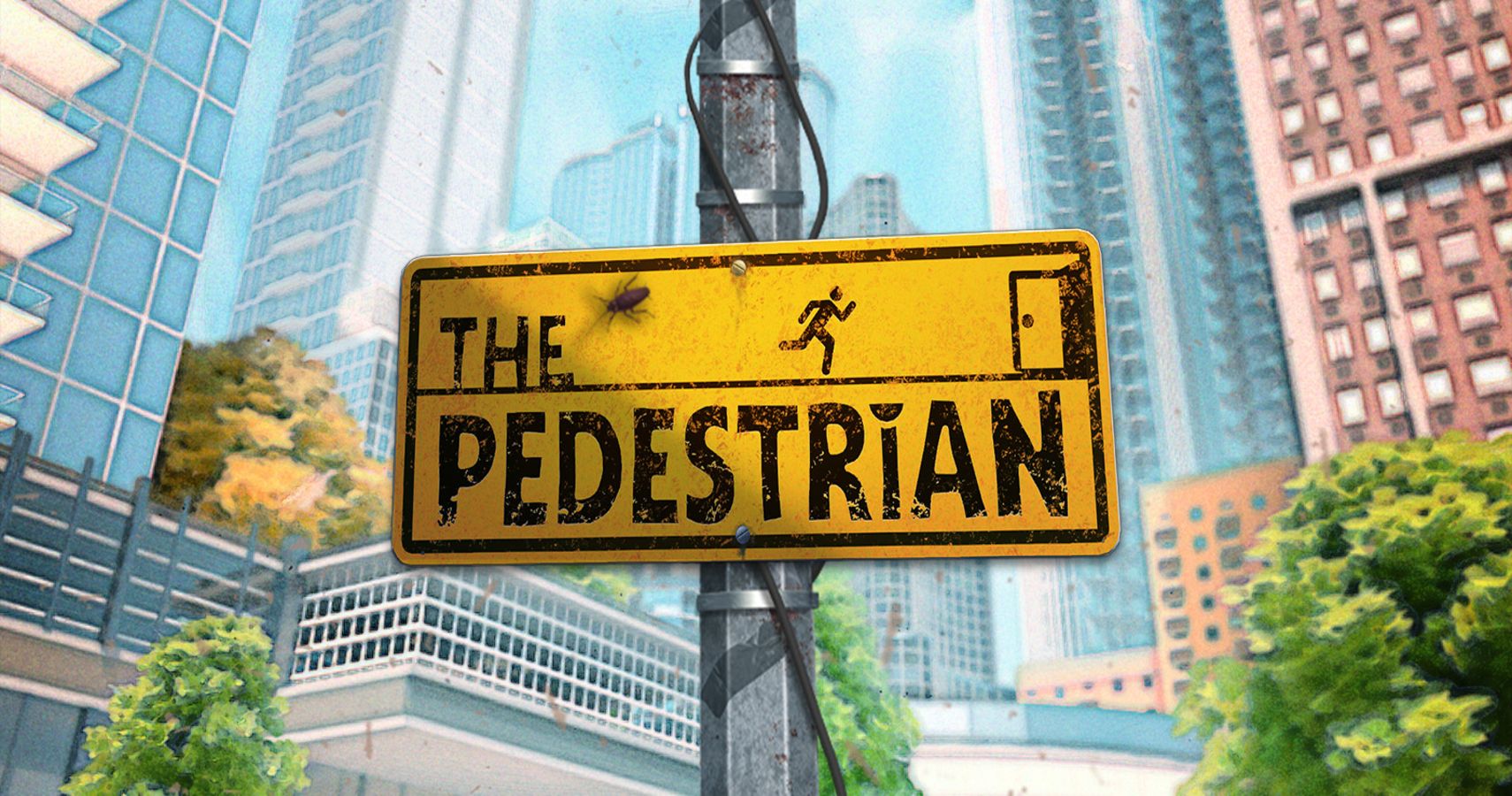

- The pedestrian rules connecticut drivers#
- The pedestrian rules connecticut driver#
Where sidewalks are provided it shall be unlawful for any pedestrian to walk along and upon an adjacent roadway.Pedestrians shall move, whenever practicable upon the right half of crosswalks.[.
The pedestrian rules connecticut driver#
Every driver of a vehicle shall exercise due care to avoid colliding with any pedestrian or any person propelling a human-powered vehicle and shall give an audible signal when necessary and shall exercise proper precaution upon observing any child or any obviously confused, incapacitated or intoxicated person. Between adjacent intersections at which traffic control signals are in operation pedestrians shall not cross at any place except in a marked crosswalk.No pedestrian shall cross a roadway intersection diagonally unless authorized by traffic-control devices and, when authorized to cross diagonally, pedestrians shall cross only in accordance with the official traffic control devices pertaining to such crossing movements. Any pedestrian crossing a roadway at a point where a pedestrian tunnel or overhead pedestrian crossing has been provided shall yield the right of way to all vehicles upon the roadway. Every pedestrian crossing a roadway at any point other than within a marked crosswalk or within an unmarked crosswalk at an intersection shall yield the right of way to all vehicles upon the roadway. Whenever any vehicle is stopped at a marked crosswalk or at any unmarked crosswalk at an intersection to permit a pedestrian to cross the roadway, the driver of any other vehicle approaching from the rear shall not overtake and pass such stopped vehicle. No pedestrian shall suddenly leave a curb or other place of safety and walk or run into the path of a vehicle which is so close as to constitute an immediate hazard. When traffic control signals are not in place or not in operation the driver of a vehicle shall yield the right of way, slowing down or stopping if need be to so yield, to a pedestrian crossing the roadway within a crosswalk when the pedestrian is upon the half of the roadway upon which the vehicle is traveling, or when the pedestrian is approaching so closely from the opposite half of the roadway as to be in danger. Pedestrians shall be subject to traffic and pedestrian control signals unless required by local ordinance to comply strictly with such signals. A pedestrian shall obey the instructions of any traffic sign or regulation specifically applicable to him, unless otherwise directed by a police officer. The following is an example of a State Statute ( New Hampshire) on Pedestrian’s Rights and Duties: These rules provide for the convenient and safe passage for pedestrians on and across all streets and highways, increase levels of walking and pedestrian travel, and reduce pedestrian fatalities and injuries. have rules of road which specifically describe the rights and duties of pedestrians. Under the act, “moving traffic” includes motor vehicles, bicycles, electric bicycles, and electric foot scooters traveling on the highway and pedestrians and people riding bicycles, electric bicycles, or electric foot scooters on sidewalks, shoulders, or bikeways.Pedestrian is a person traveling on foot a walker. Violations of this provision are infractions. This law prohibits a person from causing physical contact between a vehicle door and moving traffic by (1) opening the door, if the moving traffic is traveling at a reasonable speed with due regard for the safety of people and property, or (2) leaving it open longer than needed to load or unload passengers. The pedestrian rules connecticut drivers#
indicates intent to cross the road by moving into the crosswalk’s entrance any body part or any extension of a body part, including a wheelchair, cane, walking stick, crutch, bicycle, electric bicycle, stroller, carriage, cart, or leashed or harnessed dog.Īs under existing law, drivers who fail to yield at a crosswalk when required are subject to a $500 fine.



steps to the curb at a crosswalk’s entrance and indicates intent to cross the road by raising his or her hand and arm toward oncoming traffic or 3. is within any portion of the crosswalk 2. Under the act, a driver must do so if the pedestrian: 1. Currently, a driver must yield to a pedestrian, slowing or stopping as necessary, if the pedestrian has stepped off the curb or into the crosswalk. This law expands the circumstances under which drivers must yield the right-of-way to pedestrians at marked and unmarked crosswalks that are not controlled by traffic signals or police officers. Pa 21-28 (hb 5429) – An Act Concerning Pedestrian Safety








 0 kommentar(er)
0 kommentar(er)
